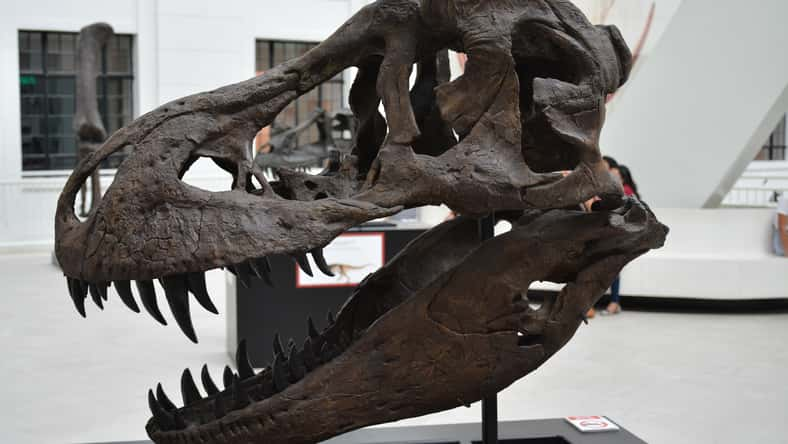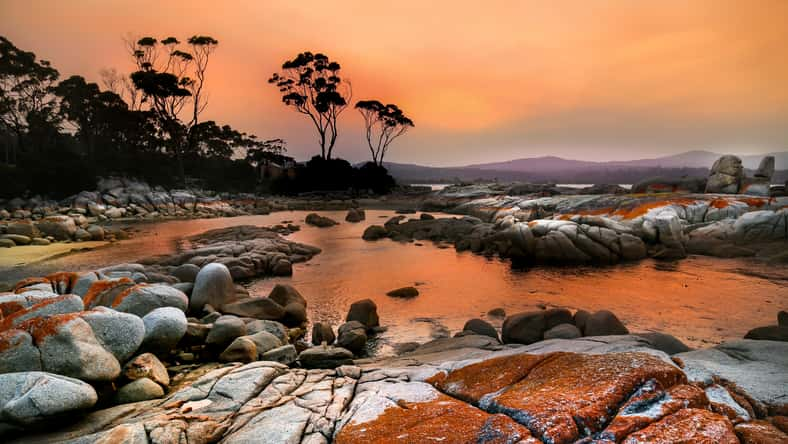
On the grounds of a mansion in Slovakia, a Roman aqueduct was uncovered during recent excavations. It was the first of its kind to be found in the country.
The underground stone channel dated back to the 2nd century and was likely meant for transporting water to an ancient bathhouse.
The Rusovce Mansion is located near Bratislava, the capital of Slovakia, near the country’s western borders with Hungary and Austria.
The building is in the middle of an extensive renovation process lasting for a decade. Students and faculty members from the University of Trnava are also conducting archaeological excavations.
In 2018, they unearthed the foundations of the site’s original castle from the 13th century, which was replaced by the current neo-Gothic mansion in the 1800s. They also found settlements from the Iron Ages and Roman period.
Yet, the researchers were surprised to discover the Roman channel more than two and a half feet underground.
It was made of stone and tegulae, clay bricks commonly used in ancient Roman architecture. The channel measures about a foot across. So far, the researchers have excavated around 125 feet of its length.
Ancient Rome was known for its aqueducts. They transported fresh water to urban areas with the help of gravity.
The most famous aqueducts of the Roman Empire were long, elevated structures like the Pont du Gard Aqueduct, but they also built many smaller channels beneath the surface of the ground.

Sign up for Chip Chick’s newsletter and get stories like this delivered to your inbox.
Most of Slovakia was never under Roman control, but the southwestern section of the country, including Bratislava, used to be part of the Roman province of Pannonia.
The recently discovered aqueduct is well-preserved. Similar ones have been found at ancient Roman military camps in Vienna and Mautern in Austria, but they had never been detected in Slovakia before until now. It is estimated that builders used up to 51 tons of stone and more than 80 tegulae to construct the channel.
One of the tegulae features an engraved stamp of its manufacturer: “C VAL CONST KAR.” It may be the signature of Gaius Valerius Constans, a brickmaker of modern Austria from the 2nd century.
Another tile contained the footprint of a canine. As the wet clay dried in the sun, a dog must’ve run across it, leaving its mark behind. The channel slopes down toward the mansion. The researchers think that the Romans had once built a bathhouse on the site, with the aqueduct meant to bring the water for it.
However, they have not identified any physical evidence of a bathhouse. The structure would’ve been destroyed centuries ago to build the castle.
In addition to the aqueduct, the researchers came across ceramics and other objects from the Early Iron Age and the Middle Ages, including a silver bracelet, an antique wallet, window glass, and a medieval brick kiln likely used to make lime.
The most notable find was a large, circular structure that probably served as an icehouse in the 19th century. The owners of the mansion would’ve used it to preserve food and keep drinks cool during the summer.












